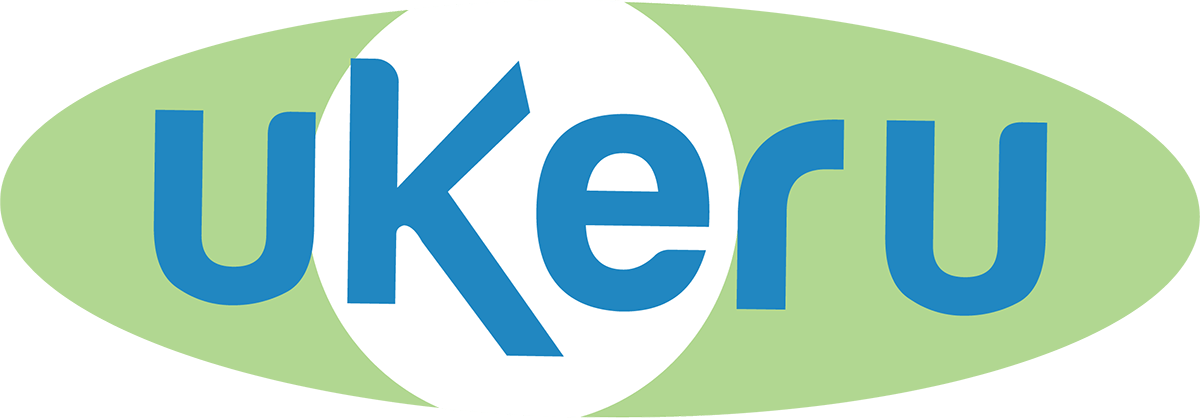“There is no need for temples, no need for complicated philosophies. My brain and my heart are my temples; my philosophy is my kindness.” – Dalai Lama
On a regular basis, someone will turn to me and proudly say, “I haven’t used Ukeru in months!” What they mean by this is: they haven’t had to use our blocking techniques and materials to de-escalate behaviors with clients. What they don’t realize is: they haven’t had to rely on these approaches because they are using Ukeru all the time.
Certainly, the physical techniques that minimize the need for restraints and seclusion — and, in particular, the use of protective equipment and soft blocking materials to keep both the caregiver and client safe — are an important part of Ukeru. But they are only a component of the system.
There is a far easier way to define what using Ukeru really means: adhering to the golden rule. At its heart, Ukeru is treating those depending on you in a way that you would want to be treated. It is shifting from a paradigm of placing demands, saying “no,” and exerting physical control to providing limits and structure in a safe, comforting, and secure environment.
While it might seem obvious, those of us who work in behavioral healthcare know that this philosophy can easily get distorted. No doubt we all have some familiarity with the following cycle:

The cycle is likely to be repeated because this approach can cause, reinforce or maintain aggression. In addition, it establishes a negative relationship with those providing care.
Creating a culture of comfort versus control — or “using Ukeru”— requires us, as professionals, to put ourselves in the position of someone experiencing distress; to let go of any perceived “upper hand;” and, most importantly, to be at our best when those we support are at their worst. Ultimately, it requires professionals to ensure that the individual entrusted to their care is safe, valued, and respected.
Defined in this way, who wouldn’t want to “use Ukeru”? If you want to imagine what it might that look like in your organization, the next time a client is experiencing behavioral difficulties, ask yourself:
- If I was the one experiencing this distress, how would I want someone to respond?
- What choices and alternatives can I offer to this client?
- Is there another employee who has a special connection with this client who can help alleviate the crisis?
- Have I asked the client what he/she needs right now?
By simply asking yourself these questions, you will be “using Ukeru.” And you will be surprised at how the paradigm begins to shift.
Traditionally, the mechanisms professionals in our industry have been taught to make us feel less vulnerable have been coercive interventions. But, we can be comforting, increase the functional autonomy of those we serve, and maintain safety for all involved. We can create a sustainable treatment model focused on giving those we serve choices about their own lives and the control they want and deserve. It can be done. We can all “use Ukeru” all the time.




